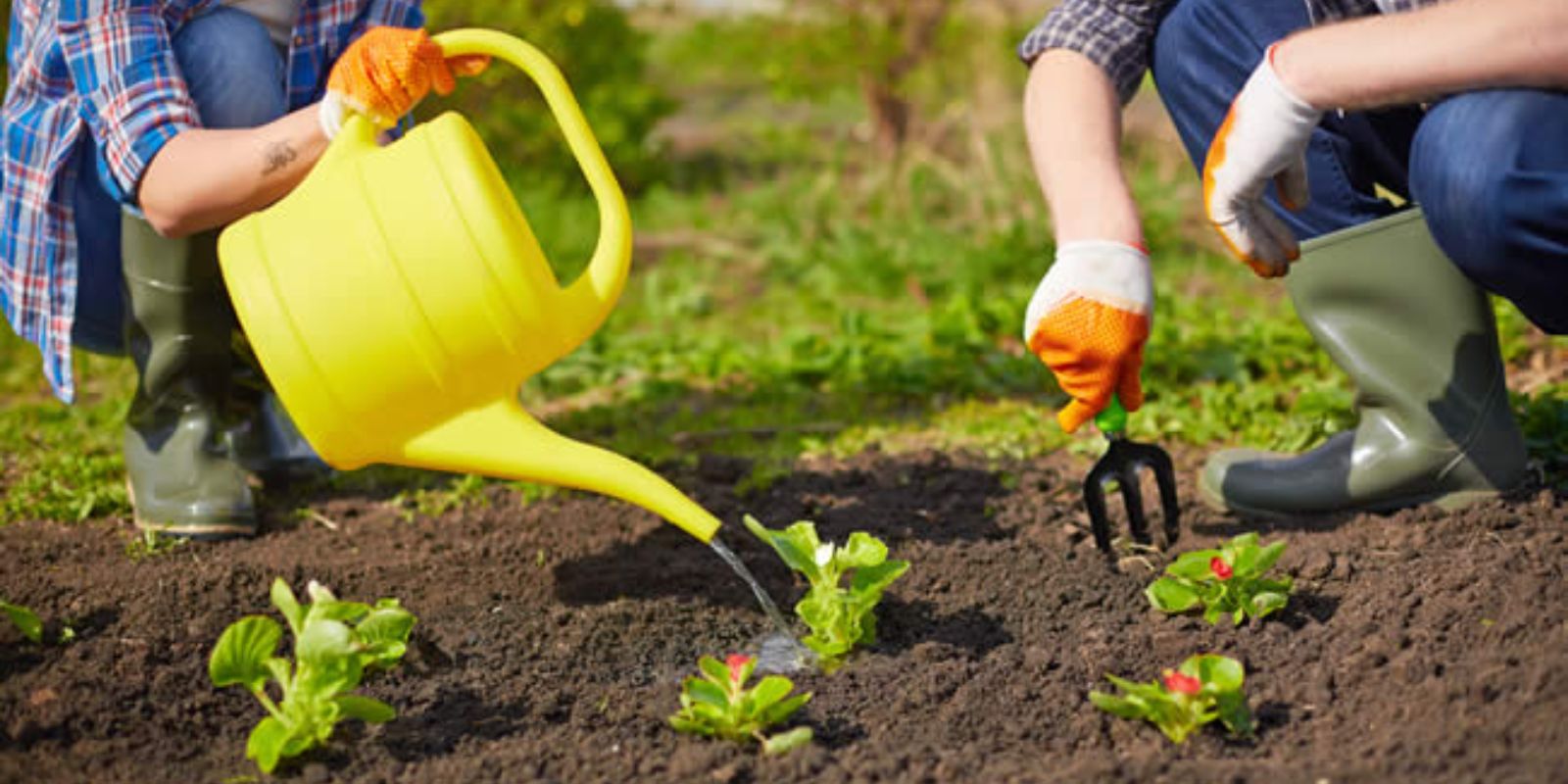Watering is one of the most critical aspects of vegetable gardening. The right amount of water can make the difference between a thriving garden and a disappointing yield. Proper watering techniques ensure your plants receive adequate moisture, support their growth, and help you achieve a bountiful harvest. This guide covers the best practices for watering your vegetable garden, helping you to nurture your plants effectively and efficiently.
Introduction
Water is essential for the health and productivity of your vegetable garden. However, effective watering involves more than just turning on the hose. Overwatering or underwatering can both lead to plant stress, poor growth, and reduced yields. By understanding and implementing best practices for watering, you can ensure your garden remains lush and productive throughout the growing season. This article will explore key strategies for watering your vegetable garden, enabling you to provide optimal care for your plants.
1. Water Early in the Day
Timing your watering can have a significant impact on plant health. The best time to water your vegetable garden is early in the morning. Watering early helps reduce evaporation losses as temperatures are cooler, and it allows plants to absorb moisture before the heat of the day. Additionally, early morning watering helps prevent fungal diseases, as plants will have time to dry off before evening, reducing the risk of damp conditions that promote disease growth.
Avoid watering in the evening, as this can leave plants wet overnight and create a breeding ground for diseases. Early morning watering also ensures that plants receive adequate moisture throughout the day, which is crucial for their growth and development.
2. Water Deeply
Deep, infrequent watering is more effective than frequent shallow watering. Deep watering encourages plants to develop deep root systems that are better able to access water and nutrients from the soil. Shallow watering, on the other hand, promotes shallow root growth, which can make plants more susceptible to drought and stress.
To water deeply, apply enough water so that it penetrates several inches into the soil. This ensures that roots grow downwards and become more resilient to dry conditions. Use a soaker hose or drip irrigation system to provide consistent moisture at the root level, reducing the need for frequent watering.
3. Use Drip Irrigation
Drip irrigation is an excellent method for delivering water directly to the base of plants. This system provides a slow, steady supply of water, which helps maintain consistent soil moisture and reduces water wastage. Drip irrigation is especially beneficial for vegetable gardens, as it minimizes evaporation and runoff, delivering water exactly where it’s needed.
To set up a drip irrigation system, lay out the tubing and emitters according to your garden layout. Adjust the flow rate of the emitters to match the water needs of your plants. This method also reduces weed growth, as only the soil around the plants receives moisture.
4. Avoid Overhead Watering
Overhead watering, where water is sprayed from above, can lead to several problems in a vegetable garden. This method increases the risk of fungal diseases and soil erosion, as water splashes onto the leaves and soil. It can also result in uneven watering, where some areas receive more water than others.
Instead, focus on watering at the base of plants. Use a watering can, soaker hose, or drip irrigation system to apply water directly to the soil. This approach helps prevent water from reaching the leaves, reducing the risk of disease and ensuring that moisture reaches the plant roots where it is most needed.
5. Check Soil Moisture
Regularly checking soil moisture is essential for effective watering. Overwatering and underwatering can both harm plants, so it’s important to gauge the soil’s moisture levels accurately. You can check soil moisture by feeling the soil with your hand or using a moisture meter.
To check soil moisture by hand, dig down a few inches into the soil and feel its texture. If the soil feels dry, it’s time to water. If it feels moist, wait until the soil dries out a bit before watering again. A moisture meter provides a more precise measurement of soil moisture and can help you avoid over or under-watering.
6. Mulch to Retain Moisture
Mulching is a simple and effective way to conserve soil moisture and improve garden health. Apply a layer of organic mulch, such as straw, wood chips, or shredded leaves, around your plants. Mulch helps retain soil moisture by reducing evaporation, regulating soil temperature, and suppressing weed growth.
As mulch decomposes, it adds organic matter to the soil, enhancing its structure and fertility. Apply mulch after planting and maintain a layer that is 2-3 inches thick. Ensure that the mulch does not come into direct contact with plant stems, as this can promote rot.
Conclusion
Proper watering is crucial for a healthy and productive vegetable garden. By following these best practices—watering early in the day, watering deeply, using drip irrigation, avoiding overhead watering, checking soil moisture, and applying mulch—you can provide the optimal care that your plants need to thrive.
Effective watering not only supports healthy plant growth but also enhances the overall productivity of your garden. Embrace these techniques to ensure that your vegetable garden remains lush and fruitful throughout the growing season. Start implementing these practices today and enjoy a bountiful harvest of healthy, thriving vegetables! 🌱💧

